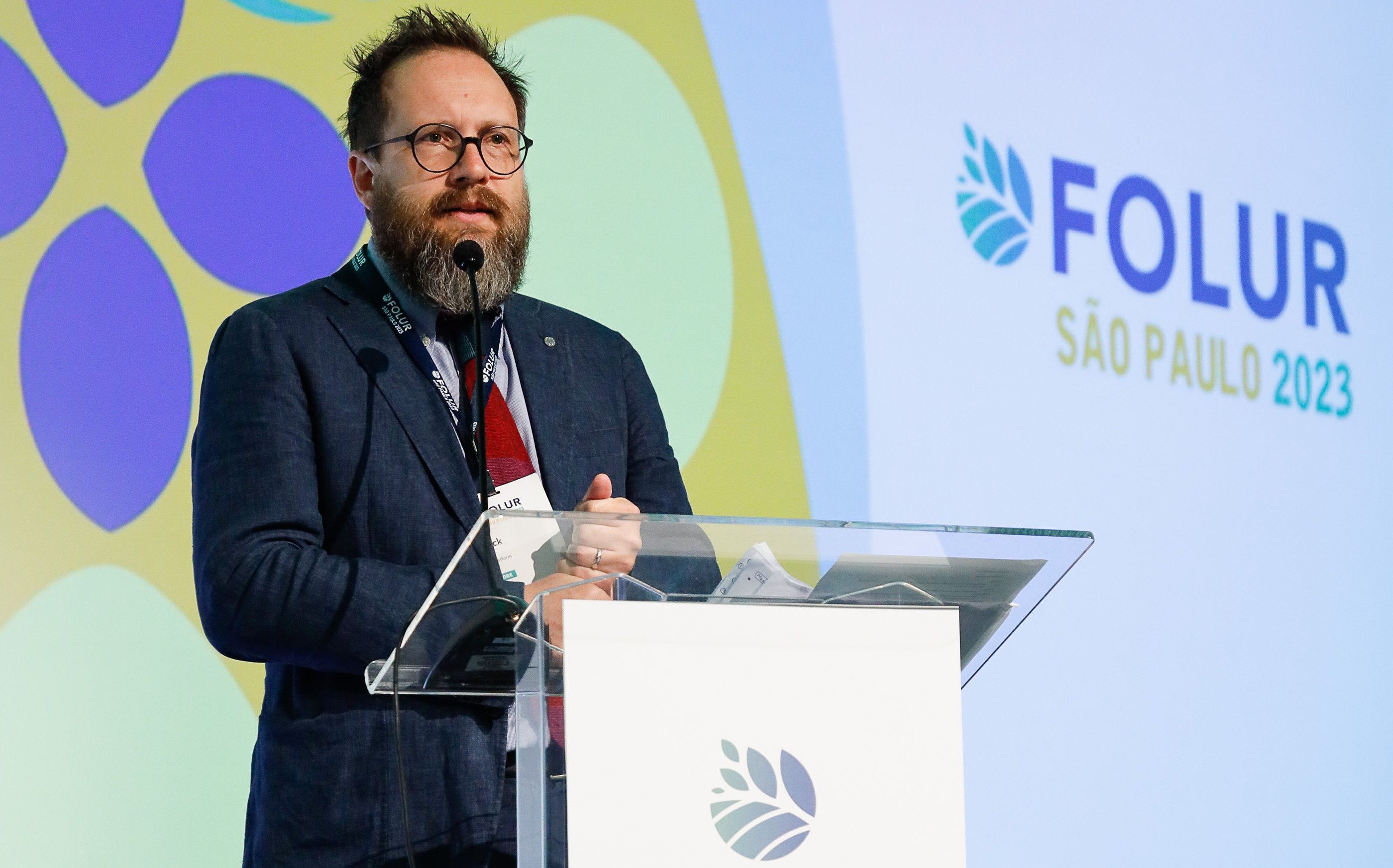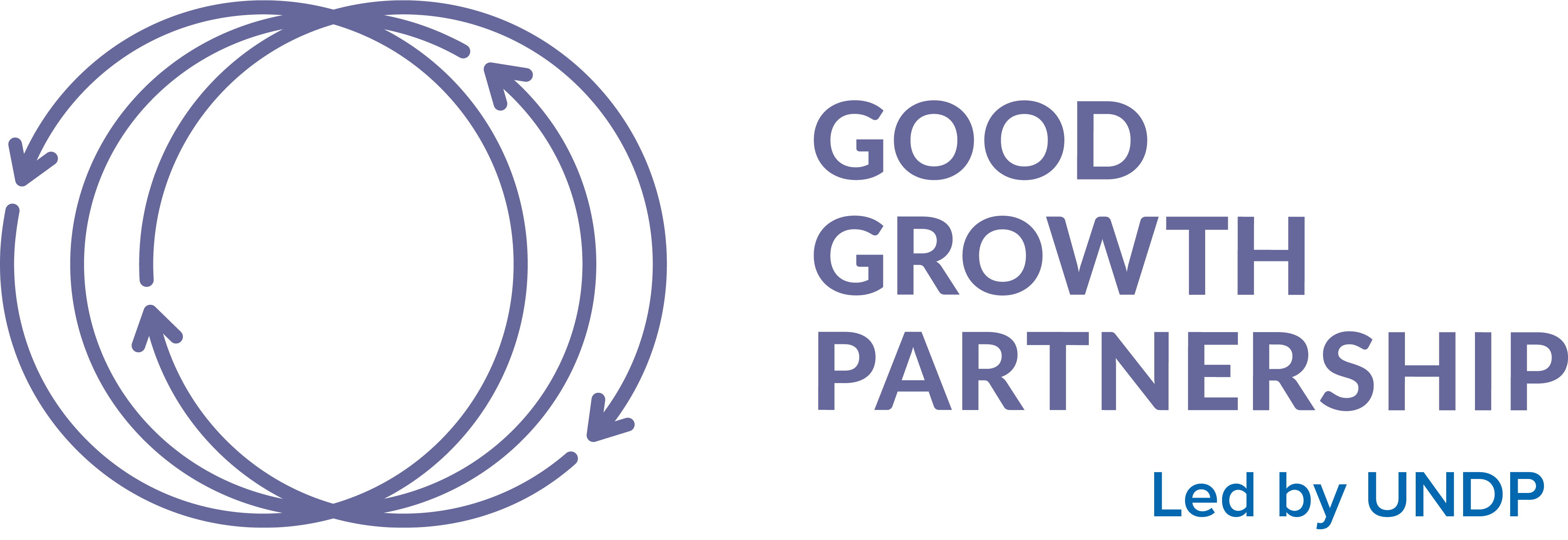Q+A with Patrick Kalas, Food and Agriculture Organization of the United Nations

__________
Reframing the struggle to conserve dwindling biodiversity as global demand for food grows and related unsustainable agricultural expansion places more pressure on forests is key to meeting interrelated goals of increased food production, food security, poverty alleviation and environmental degradation, says Patrick Kalas, a political ecologist and environmental specialist working at the forefront of two international impact programs for the Food and Agriculture Organization of the United Nations (FAO).
His current role in impact programs management supports coordinated implementation and provides technical guidance to countries across the Food Systems, Land Use and Restoration Impact Program (FOLUR) and the Drylands Sustainable Landscapes Impact Program (DSL-IP), both financed by the Global Environment Facility (GEF), the multilateral organization supporting environmental improvements in countries throughout the Global South.
“Reshaping our food and agriculture systems are an essential catalyst for moving the needle to achieve global environmental benefits as well as human development challenges and help us navigate out of our multi-dimensional planetary dire straits,” he said, detailing some sobering statistics.
The hidden cost of the current food system and its impact on climate change and biodiversity loss are estimated to equal $12 trillion a year, an amount projected to increase to $16 trillion by 2050. Some 40 percent of land is degraded while one in three people worldwide still do not have access to adequate food in 2020. These numbers are compounded by alarmingly high deforestation rates.
At the recent FOLUR annual meeting in Sao Paulo, Kalas spoke with For the Record about his work, explaining that FAO has a double role at the country level leading implementation of 10 of 27 FOLUR countries, and two additional countries in a co-implementation arrangement.
-
Related reading: India, Kenya, Nicaragua to spearhead participatory FAO-led landscape approach
-
Related viewing: Interview with Patrick Kalas
A $345 million initiative led by the World Bank, ultimately FOLUR is tasked with transforming the global food system through deforestation-free value chains for cocoa, coffee, corn, livestock, palm oil, wheat, rice and soy. In addition to FAO, the five FOLUR partner organizations include the Food and Land Use Coalition, the Global Landscapes Forum, the Good Growth Partnership led by the United Nations Development Programme and the International Finance Corporation.
“Solving this challenge is a marathon, not a sprint, although significant acceleration is needed now,” Kalas added. “The good news is we have an unprecedented window of opportunity with corresponding political will to step-up concerted action exemplified by the adoption of the new Global Biodiversity Framework and subsequent global biodiversity fund established by GEF.”
He counts off on each finger the five key elements he believes will lead to what he refers to as a more “eco-logical” food system transformation. They include addressing agricultural production practices, inclusive government policies and regulations, financial resources with private and public incentive systems, private sector engagement with standards and certifications, and the consumer and market-demand side.
Q: What is the relationship between food systems transformation and the Global Biodiversity Framework (GBF)?
A: I’m thrilled about the GBF developments having worked in this space previously and see clear leveraging opportunities with food systems and with FOLUR. Several GBF targets have particular relevance in this context with regard to changing agricultural production practices through sustainable intensification and diversification at scale.
Q: How do you implement five areas within FOLUR?
A: GEF Impact programs are the way to go to achieve transformational change for a healthy planet and healthy people. Implementation requires a different way of thinking and doing that includes a change of culture. It is all about embracing complexity, adaptive management, multidisciplinary integration, breaking internal and external silos, building bridges, connecting and leveraging dots, maximize synergies and very importantly maintaining relevance to countries through a sustained country docking process to link global impact program activities with needs and action on the ground. Integration plays a key part within both as we need to avoid duplication of efforts and maximize the use of resources, especially when supporting countries. Above all, successful implementation requires the generous addition of key GEF spices into the programatic “sauce” such as knowledge management and learning as well as leverage points for system transformation.
Q: What result do you expect from these efforts?
A: Two entwined FAO-FOLUR packages on the “Participatory Informed Landscape Approach” (PILA) and “Sustainability Instruments” will accelerate eco-logical food system transformation to achieve global environmental benefits at scale both in the short and medium-term while generating lessons learned to shape the longer-term evolution of subsequent GEF investments into food systems. With the ‘sustainability instruments package’ the landscape level work will be complemented and enriched whilst addressing more structural challenges at national, regional and global level such as deforestation-free subsidies and sustainability standards for private sector to halt deforestation. Throughout implementation, evidence and case-studies will be developed for further replication and scaling.
Q: How can FAO support countries in the realm of the new European Union regulation on deforestation-free products (EUDR) through the work in FOLUR?
A: On halting deforestation, sustainable agricultural practices and food systems, together with tackling the underlying drivers, represent 90 percent of the solution. Interestingly, the EUDR coincides with recent developments in FAO’s Committee on Agriculture and Committee on Forestry, where for the first time, the two committees focused on FAO’s mandate to link agriculture production and the forest sectors more closely together. This represents a potentially ground-breaking development to advance, within the realm of FOLUR, the issue of deforestation by promoting forest-positive agriculture and deforestation-free value chains. FOLUR has been explicitly recognized to support greater understanding of sectoral synergies between agriculture and forestry through gathering of evidence and develop case studies. FAO, as part of the Sustainability Instruments Package, will develop and pilot a framework to assess assurance systems used in producer countries, both in terms of their alignment with EUDR requirements and their robustness. Assessments will indicate how resulting system claims can support due diligence required under the EUDR also taking into account smallholder producers.
Q: How do you see FOLUR evolving in this context?
A: There is good news for the short, medium and longer term. For the short-term, next year, we'll have all of the country projects of the FAO-FOLUR countries – China, Guinea, India, Ivory Coast, Kenya, Madagascar, Nicaragua, Nigeria, Uzbekistan, Vietnam, and our jointly led country projects in Indonesia and Peru – fully operational with activities on the ground started. Countries will be implementing concrete work at the landscape level across the different commodities. We’ll have piloted the PILA approach in a minimum of three countries. We'll draw lessons learned from that, which can be shared with all 27 FOLUR countries. We'll also have the analytical work of the ‘sustainability instruments package’ advanced and partially concluded – the studies, the evidence base will be ready to then deepen and inform country projects as well as will have been selectively piloted together with PILA.
Q: In your view, what does the future hold?
A: Looking forward to the medium-term, we will jointly leverage existing coordination and governance structures, while integrating lessons learned from the two major FAO-FOLUR “packages” on PILA and the sustainability instruments as well as other FOLUR partners into the Food Systems Impact Program, which will be funded under the next round of GEF financing to leverage, deepen and scale up.
~ By Julie Mollins, published July 6, 2023 (This story was last updated on May 3, 2024)







